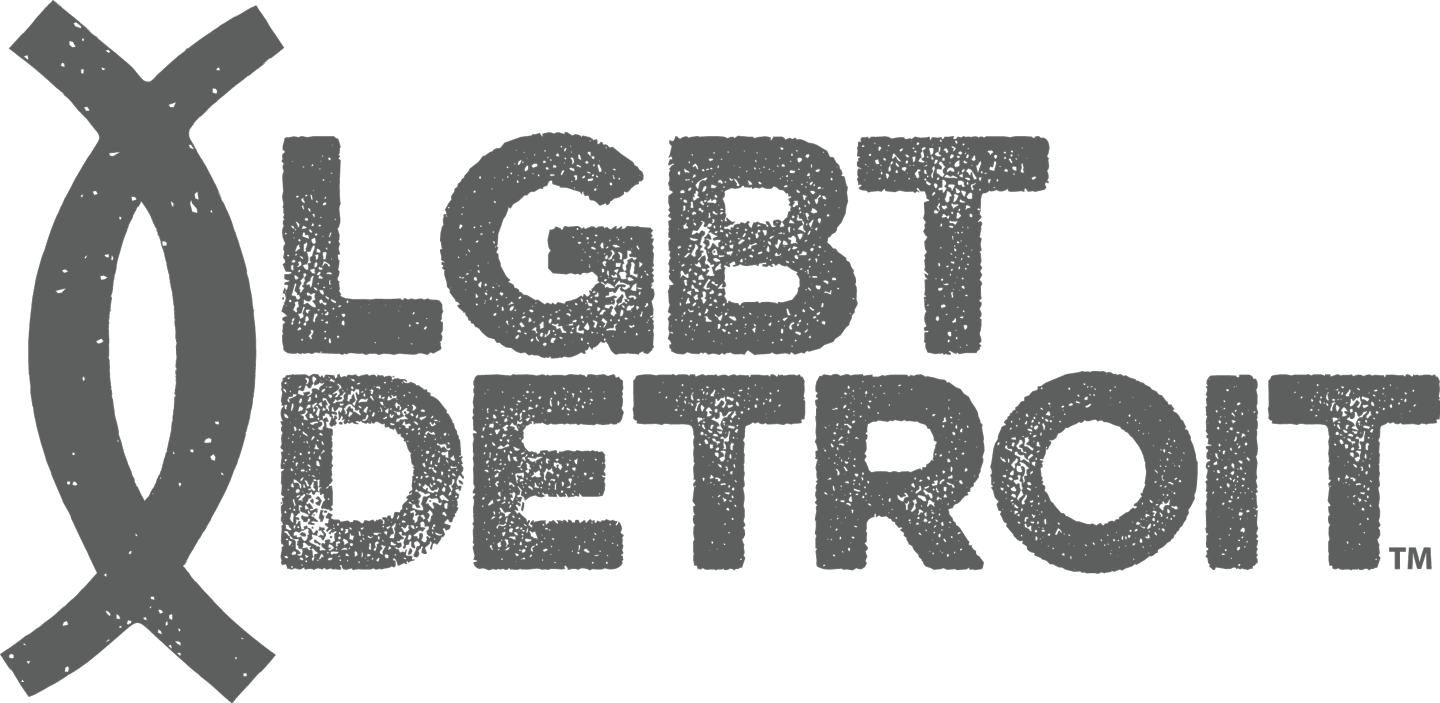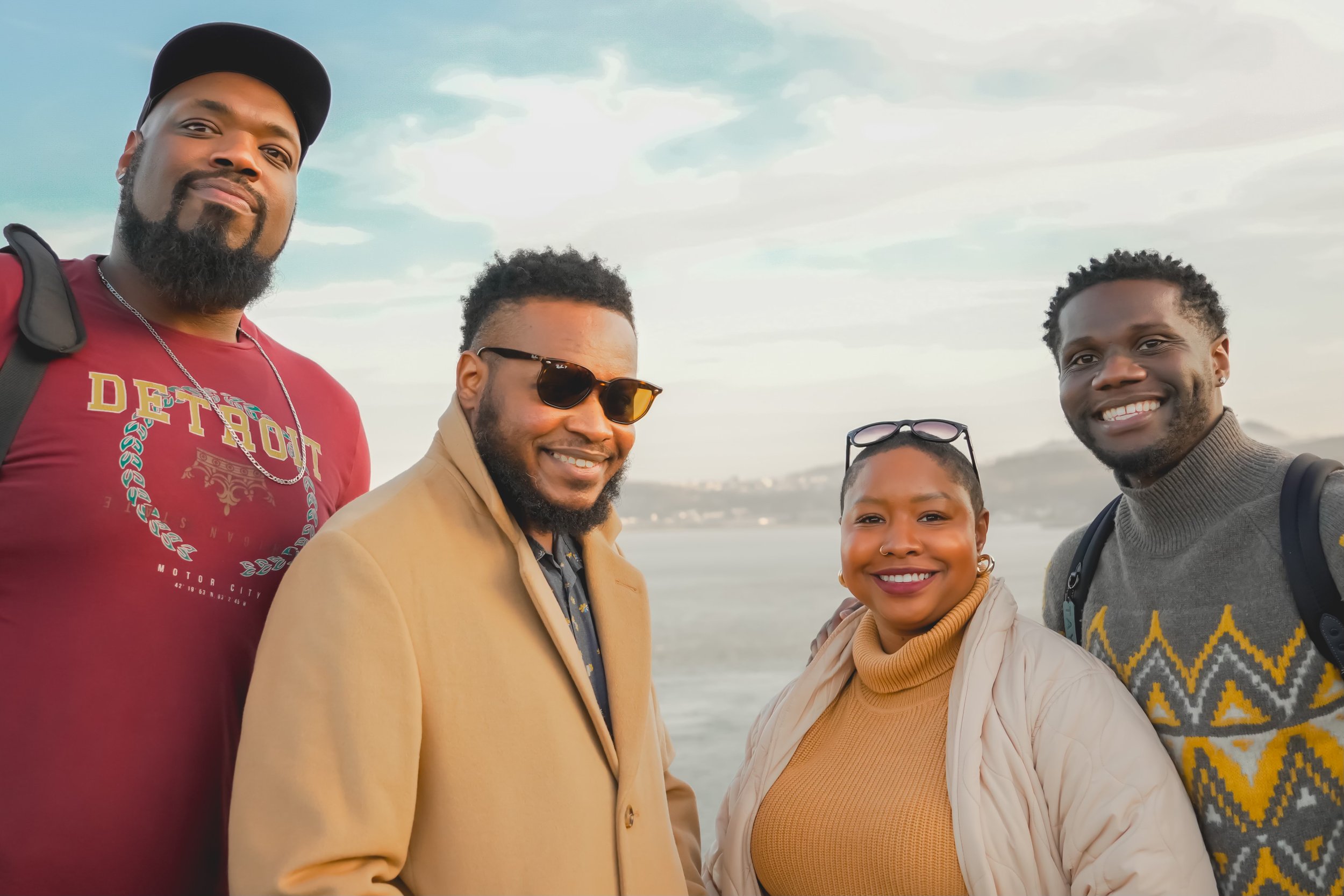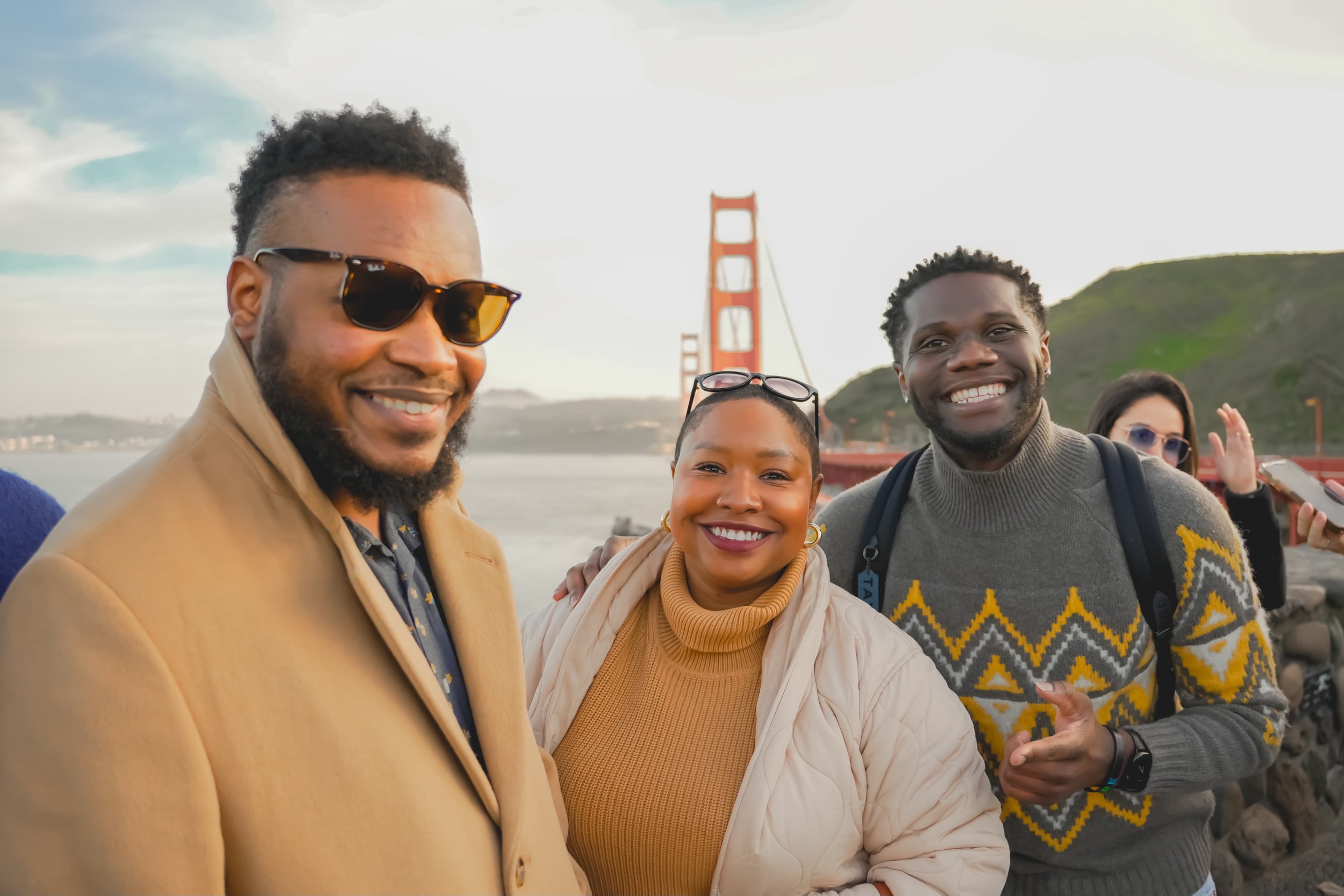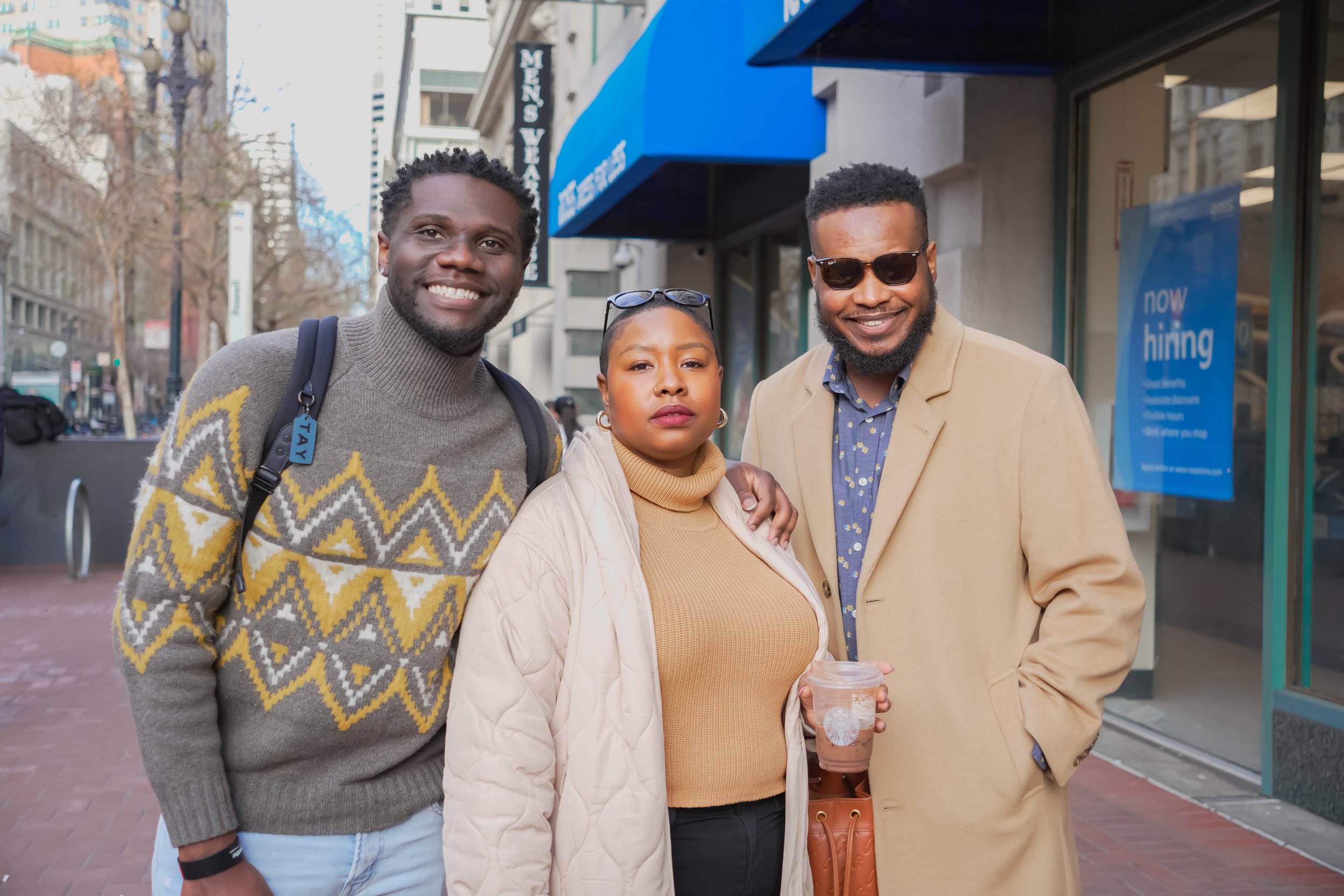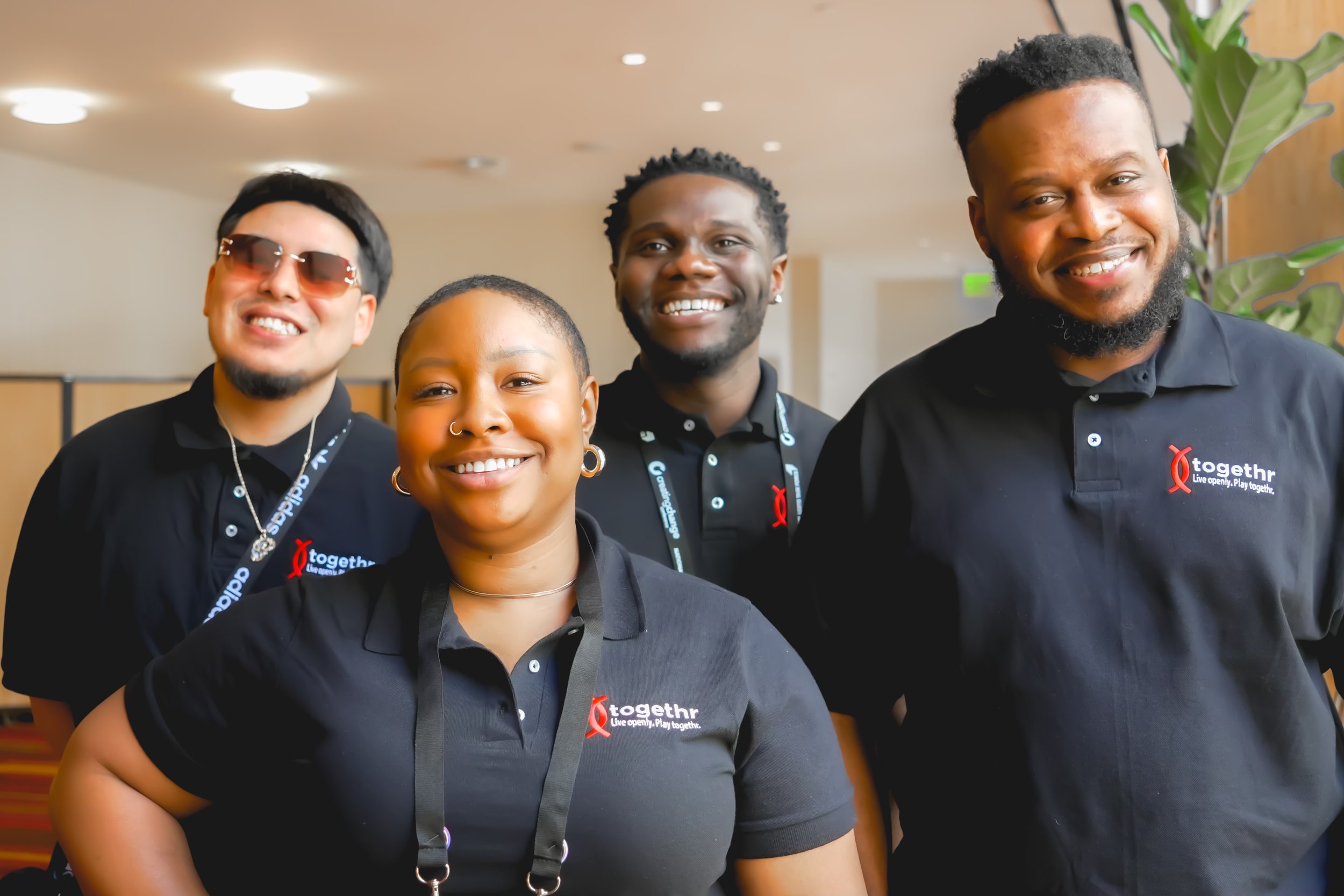The Collective Experiences of LGBT Detroit at Creating Change 2023
Togethr, We Create Change
by Chris Sutton
Since 1988, Creating Change has been trailblazing the path towards LGBT+ liberation, by uniting some of the most visionary minds within our community to their annual conference. This year, the significance of Creating Change felt even more impactful, as this pioneering LGBT+ conference, took place in one of the most prolific cities for the fight for LGBT+ rights… San Francisco, California. The immense opportunity to experience Creating Change in San Francisco, further fueled me over this four day event, to not only learn more about the past of the LGBT rights movement, but also learn how we can create greater change for our future, Togethr.
The first day landing in San Francisco with the LGBT Detroit / Togethr team, was immediately a polarizing experience. The parallels between the Bay area’s gorgeous hills and slopes, was also heavily contrasted by the harsh reality of San Francisco’s growing homeless population (especially surrounding the host hotel of Creating Change 2023). Yet, this heavy reflection of homelessness in San Francisco (and systemic factors that play into it), mirrors much of the world today, and added even more context to the importance of Creating Change this year. From Friday to Monday, I had the opportunity to attend 11 panels during Creating Change 2023, including panels such as Arts For Social Change, Decolonizing Our Desires, The Rise Of Queer Comics, The Future Of Black Kink, The Censorship Of Sexual Freedom, The Creating Change Film Festival, and more. Some of the sessions I attended were more engaging and organized, while others felt a bit chaotic. But amidst the almost overwhelming options of panels, the overarching theme seemed to be centered around - what more can we do to Create Change, beyond what’s already been done.
One of the greatest highlights of Creating Change 2023 for me, was the opportunity to join my fellow LGBT Detroit colleagues in presenting our Combating HIV Stigma Togethr panel. After much anticipation, our Togethr panel actually reached far beyond our wildest expectations, with a nearly packed room of attendees, presenting engaging content, and sharing some interesting ideas. What’s even more uplifting, was the encouraging feedback we received from the guest who attended our panel, calling it one of the most informative sessions of Creating Change this year.
We ended our amazing Creating Change experience Monday night, with a delicious seafood dinner on the San Francisco Pier. We reminisced over our past weekend experiences during Creating Change this year, while also developing new ideas on how we can continue in Creating Change moving forward… Togethr.
Creating equity
by Jonathan Gonzales
I have the incredible opportunity to attend the 2023 Creating Change conference in San Francisco, California. I participated in the Building Racial Equity Foundations workshop hosted by Race Forward during this conference. This workshop was rather informative and hands-on. During the workshop, we watched a video of two groups wearing different uniforms practicing passing drills with basketballs. One group is wearing red uniforms, the other blue uniforms. While watching the video, the instructor asked us to count how many passes the group wearing red completed during the video. After watching the video, the group and I could answer the question. Many of us gave our answers to the instructor. To our surprise, the instructor never acknowledged any of the solutions, Which led us to believe we were all wrong. The instructor asked if we had finished guessing, allowing us to view the video again. This time, the participants and I tuned in with our eyes peeled, ensuring we correctly answered this go-round. To our astonishment, the question changed. The question transitioned from “ How many passes did the team in red complete?” to “How many participants noticed the moonwalking bear?”. The video was a great illustration of implicit bias.
According to Google, implicit bias is a form of bias that occurs automatically and unintentionally that never the less affects judgment, decisions, and behaviors. Little did the participants and I know that we had a bias while watching the video — implicit bias, to be exact. The first question asked by the instructor was how the group completed many passes in red. The group and I were so busy counting how many passes were completed that we overlooked the person wearing a bear suit moonwalking in the background. The purpose of the question was to make the participants aware that it is easy to miss something you’re not looking for. Unfortunately, in society today most individuals are unaware of their implicit bias. Implicit bias assists in using structural and institutional racism brought forth by the generations before us to secure one perspective on society. One of the most implicit bias phrases is everyone has the same opportunities, which we know to be untrue.
The instructor then gave us another excellent example of implicit bias; two news sources reporting on hurricane Katrina. Both stories had similar photos of survivors gathering food, yet the headlines differed drastically. One picture was of a brown man gathering food, yet the headline depicted a lauder caught in the act. The other was a Caucasian couple described as heroes courageously gathering food for their family. These headlines were a lesson on how the media can bias their viewers. Often implicit bias is not our declared ethics and morals. These headlines were also a lesson on intent vs. impact. The instructor led us to believe that both authors may have had good intentions but had different results.
After the implicit bias examples, the instructor taught us that stopping, thinking, and re-priming are vital, ending our bias, becoming more aware of our structural or institutional racism, and taking the initiative to change our implicit bias and re-prime. Awareness of your implicit bias begins with your mental The instructor also taught us we must educate our peers on diversity, equity, and inclusion so they, too, can be consciously aware of their actions. It is up to us to stop supporting businesses that support institutional racism and implicit bias. We must do the research and support groups, organizations, and activists that help dismantle institutional racism and implicit bias. It’s up to us to participate in our democratic process and vote for those willing to assist in dismantling institutional racism and implicit bias. It is up to us to stop, think, and re-prime.
I also had the opportunity to participate in a few other workshops, but this particular workshop was the most informative.
Reflecting on Mentoring Best Practices
by Tay Brown
Creating Change was an excellent experience for a young professional like myself to engage and learn from others in the field that are doing impactful work. I attended a few workshops that I believed directly connected with the work I support at the center, but white individuals led most in spaces that looked different than Detroit. So, it wasn't easy to visualize how to implement these ideas within my programming... unless I made a few adjustments.
One of the workshops I attended was on the topic of collective mentorship. Given the mentor component for the Leadership Academy, I continue to evaluate how we can further develop this area of the program to support participants more effectively. Within the workshop context, collective mentorship is defined as valuing the combined experiences of all mentors involved to promote an intentional exchange of skills, information, and support. I found this idea worth looking into because although we’ve had great success with protégé and mentor pairing in the past, this year is unique as our protégé population has changed. Our new group of protégés consists mainly of women, whereas our current pool of mentors identifies as men. Since pairing is based on lived experience and identity, I’m scrambling to find more women to engage in the program and support, so collective mentorship may be effective moving forward.
What I’ve done since the workshop is email the presenter to engage in dialogue so I have a more thorough understanding of collective mentorship and collect any resources they have for someone looking to transition from a previous mentoring model. Outside of mentorship, I’ve already started considering adopting a faculty-type model for The Academy, where faculty serves as mentors and presenters. So, there’s a high probability that collective mentorship can support the new direction of the Leadership Academy, which I predict will provide program participants with a better experience.
Outside of workshops and networking with folks, Creating Change and San Francisco was a great experience. I firmly believe that Creating Change needs to incorporate a DEI strategy to get more Black presenters and attendees that come from a variety of spaces and that can speak to how they overcame barriers, identified new funding sources, etc. I hope to visit San Francisco to take in all the city offers!
From Volunteer to Presenter:Attending Creating Change as a Change Maker
by Tie Burton
Attending this year’s Creating Change Conference was a powerful testament of growth, community, and ownership. As the national conference for LGBT equality, Creating Change is the nation’s foremost political, leadership, and skills-building conference for the LGBTQ movement. Founded in 1988, one year after the 1987 National March on Washington for Lesbian and Gay Rights, Creating Change answered the call for resources, advice, and assistance; and has since become the most sought after organizing and one-of-a-kind skill-building event for the LGBTQ community and our allies. Created by The National LGBTQ Task Force, Creating Change, alongside other advocacy programs, trains and mobilizes thousands of activists across the nation to create a world where we can be our most authentic selves.
The first time I attended Creating Change was in 2019 when the conference was hosted in Detroit, Michigan. I had just finished graduate school and was eager to start my career in higher education, ambitiously, as a LGBT Resource Center Director. While I still had much to learn and experience to gain, I was excited, bright-eyed and bushy tailed to be attending a conference dedicated to queer-identitied individuals. While I could not afford to attend as an attendee, I volunteered. For 4-days, I showed up to the Renaissance Center, dressed in my orange t-shirt and lanyard, with the responsibility of guiding people to various parts of the building. Needless to say, I spent my time in workshops listening, learning, taking notes, and networking. Inspired by the lack of representation I experienced as a Black queer woman, by the time I left, I felt compelled to make a change.
Three years later, I had the pleasure and opportunity to attend Creating Change for the second time– not as a volunteer, not as an attendee, but as a presenter. Returning to the conference as a presenter alongside my colleagues exemplified my professional growth as a social justice advocate, my commitment to advancing the Black queer community through my work, and my ability to take ownership of uplifting the voices of Black bisexual women in a predominately white queer space.
The conference was held in San Francisco, California from Friday, February 17 to Tuesday, February 21 in the bustling Union Square District. While elated to travel to the west coast during the Winter, the glare of California's sunny skies could not prevent me from witnessing the angst of the unhoused living in tents on sidewalks and using the streets as their toilets. As a member of the movement, I felt uncomfortable evading humans begging for money to eat and sidestepping feces on the streets while proclaiming advocacy inside the clean conference rooms of the Hilton Union Square. Seeing the dichotomy of the experience inside the hotel vs outside renewed my passion for advocacy and giving those from all walks of life not only a voice, but resources on a global scale. This further lit a fire in me to be selective about the way I participated in the conference and being mindful of showing up in the space from a place of empowerment and humility.
Within the walls, I attended two day-long institutes: Black Institute: Building LGBTQ+/SGL Power and Policy Solutions and Digital Strategy Training Institute. The Black Institute is an annual convening of Black queer people and organizations to build power, innovate, and share best practices to liberate all Black people presented by the National Black Justice Coalition. The Digital Strategy Training Institute spent the day engaging with a range of experts about the latest digital tools and online advocacy strategies that can be incorporated into one’s work while helping attendees come up with creative solutions to challenges their organizations may be facing today. Beyond attending institutes, I participated in several workshops: All Bi Ourselves in HIV Prevention: An Intersectional Community Engaged Perspective, Centering Black Women, Femmes, and Girls in Advocacy, Ending Biphobia with Bi+ Philanthropy, My Body, My Bible, My Choice: Faith and Reproductive Justice, and The Power of Virtual Space for Bi+ Community.
Overall, my experience was enlightening and challenging as being a part of the change while witnessing the change I wanted to see. I appreciate the opportunity to present at the Creating Change Conference of 2023 with my team at LGBT Detroit. I only hope my next attendance has an even greater impact.
Creating Change
by Jerron Totten
The 2023 Creating Change Conference in San Francisco, California, was my second experience with the convening. LGBT Detroit was fortunate to have been selected to present on its Togethr Anti-stigma Campaign. Members of the Togethr team each presented on an area that would help participants build their anti-stigma campaign for their local communities. The topics included program development, community outreach, media marketing, and project management.
LGBT Detroit developed a well-thought-out presentation and created a practice workbook for the participants. In the presentation, LGBT Detroit highlighted the programs and events that make up the Together Anti-stigma Campaign, showcased media assets and explained how project management and community outreach help to propel the campaign forward.
Our experience came with its challenges. After developing and ordering workbooks, pens, and bracelets that we planned to give away to workshop participants, a mix-up in the hotel mailroom caused us not to receive the package that we shipped ahead of our arrival. We worked around the issue by having the hotel print copies of the workbook file. On the day of the presentation, we had a packed house. More than 30 people attended the workshop. The audience enjoyed the information received and appeared supportive of our work. Just before the session ended, the materials that we shipped ahead of us, arrived in our workshop room. We were finally able to distribute those materials to workshop participants.
I enjoyed having this experience with my teammates and look forward to Creating Change 2024!
